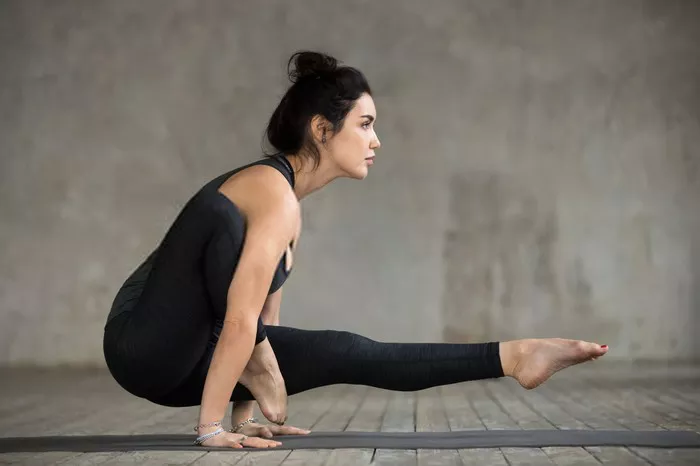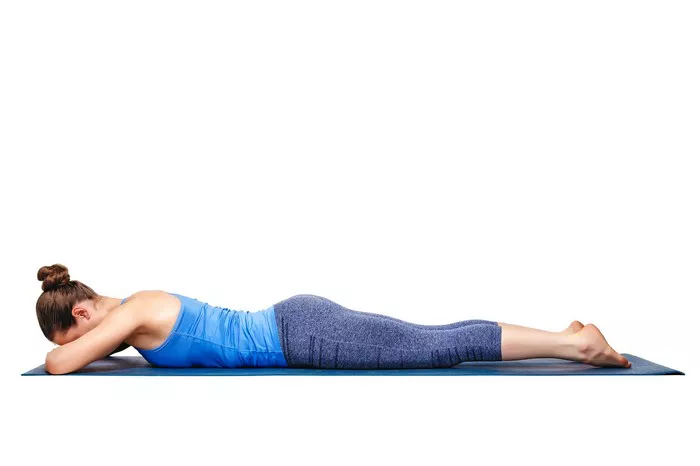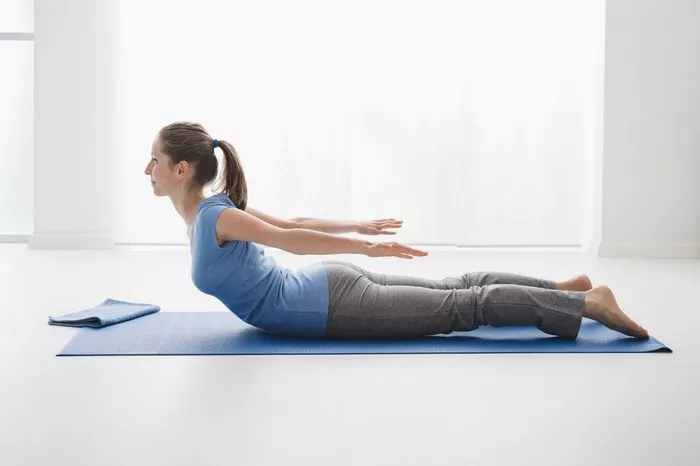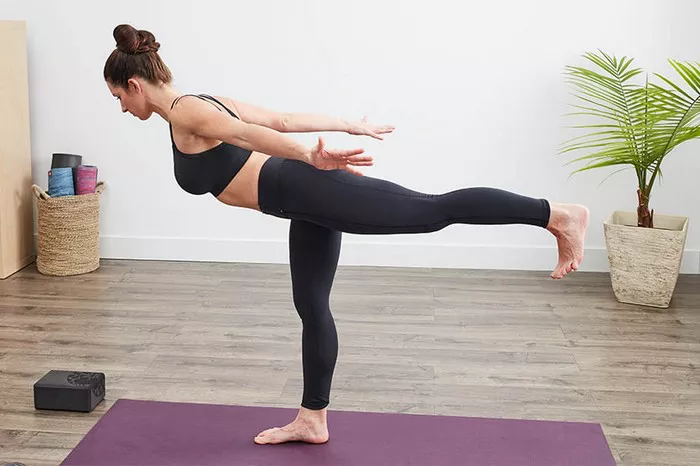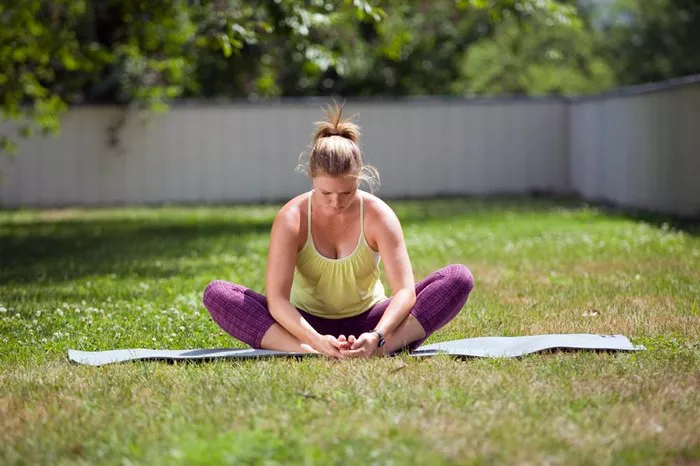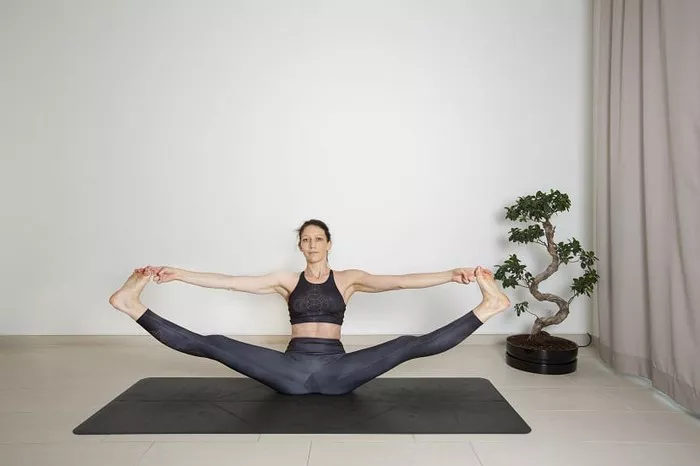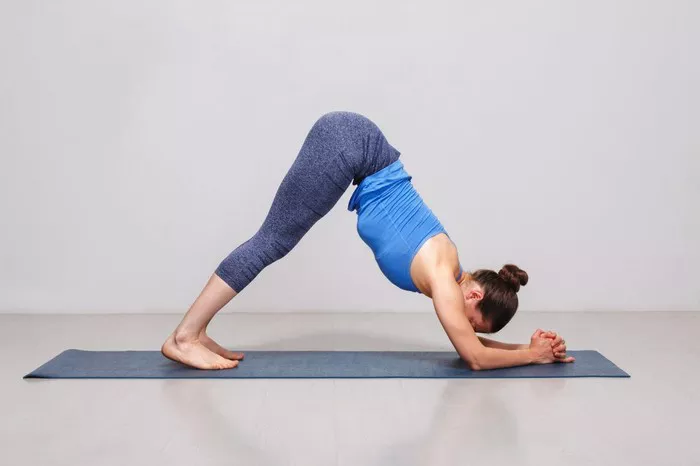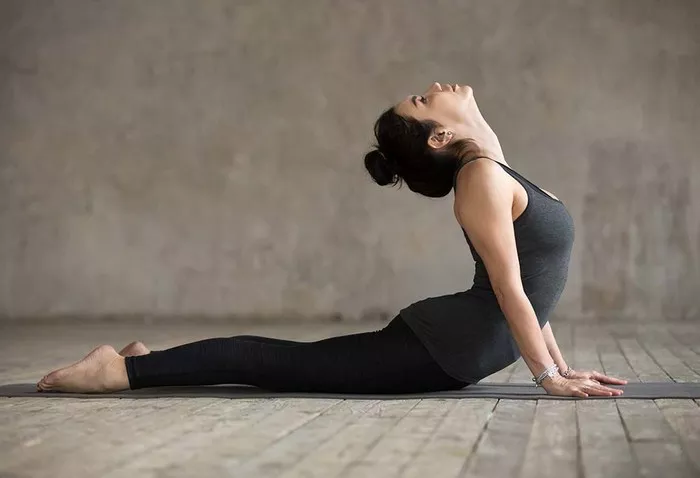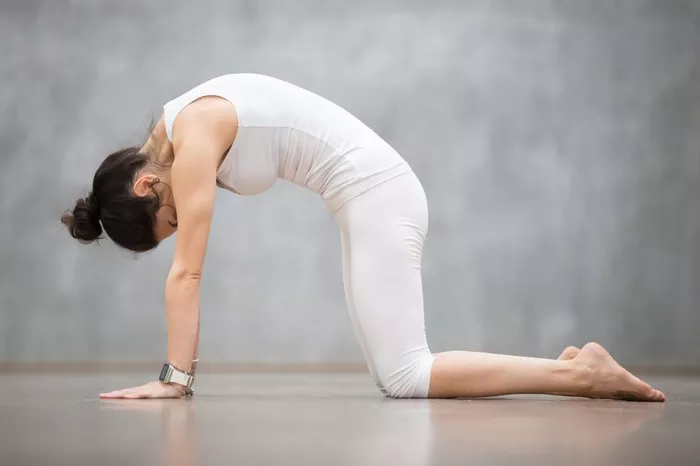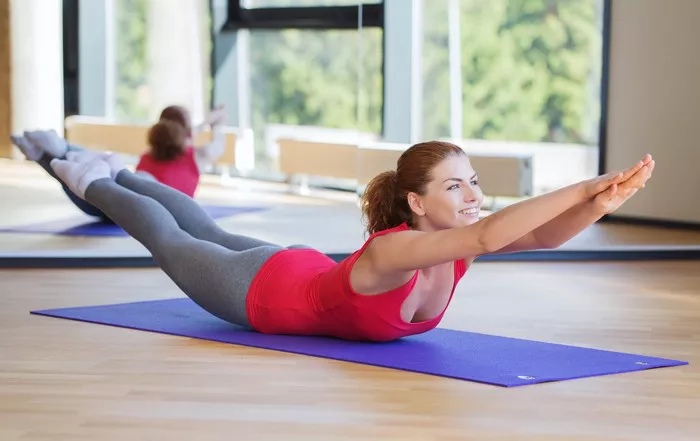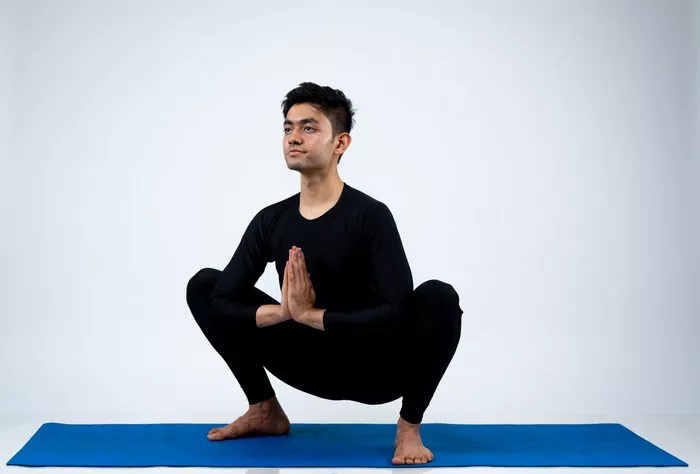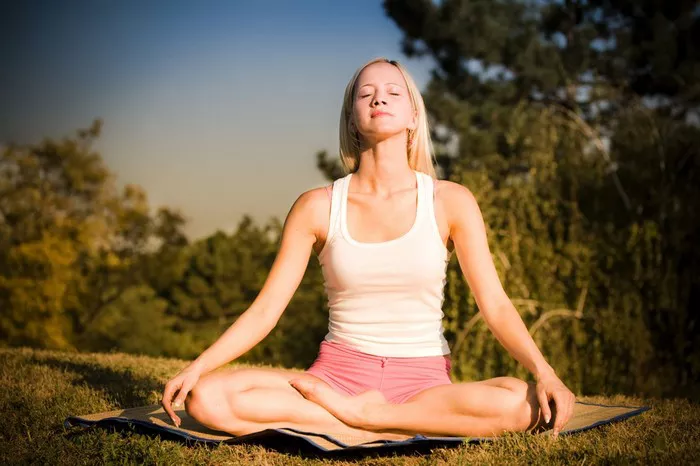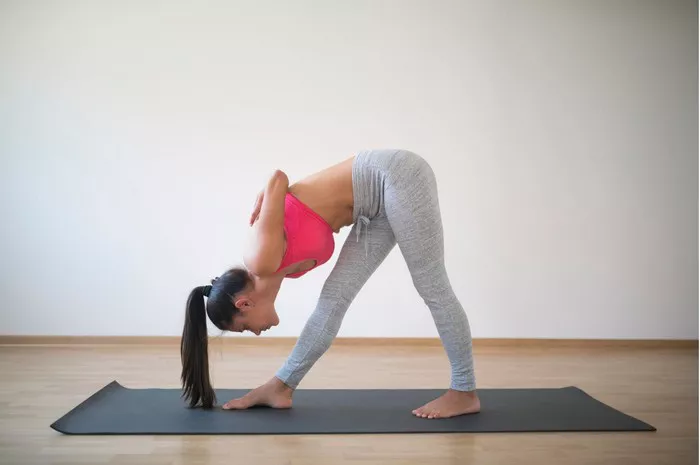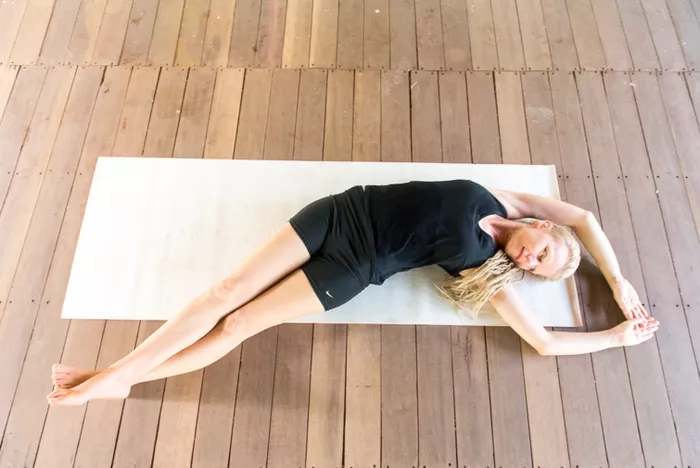Perimenopause is a transitional phase in a woman’s reproductive life, typically beginning in the mid-40s, though it can start earlier or later. It precedes menopause and is marked by fluctuating hormone levels, particularly estrogen and progesterone. These hormonal changes can cause a variety of symptoms including irregular periods, hot flashes, night sweats, mood swings, sleep disturbances, and reduced libido. Perimenopause is a natural biological process, but its symptoms can significantly impact a woman’s quality of life.
The Role of Yoga in Hormonal Health
Yoga is an ancient practice that integrates physical postures, breathing exercises, and meditation. It has been widely studied for its ability to regulate stress, improve mental health, and enhance physical well-being. In the context of perimenopause, yoga can help regulate the endocrine system, particularly the adrenal and thyroid glands, which play crucial roles in hormone production and balance. Although yoga cannot “reverse” perimenopause—a natural aging process—it can significantly ease the transition and alleviate symptoms.
How Yoga Affects the Female Hormonal System
Yoga stimulates the parasympathetic nervous system, often called the “rest and digest” system, which reduces the impact of stress on the body. Chronic stress exacerbates hormonal imbalances, particularly during perimenopause. Practices such as restorative yoga and pranayama (controlled breathing) promote relaxation and support adrenal gland health. These glands are essential in producing hormones like cortisol and, in lower amounts, sex hormones like estrogen and testosterone post-menopause.
Additionally, specific yoga poses can help stimulate the pituitary gland, which in turn supports overall endocrine function. Gentle inversions, supported backbends, and twists are particularly effective in nourishing the hormonal system and promoting balance.
Proven Benefits of Yoga for Perimenopausal Symptoms
Many studies support the efficacy of yoga in managing symptoms associated with perimenopause. These include:
- Reduction in Hot Flashes and Night Sweats: Regular yoga practice has been shown to lower the frequency and severity of vasomotor symptoms.
- Improved Mood and Reduced Anxiety: Yoga increases levels of GABA (gamma-aminobutyric acid), a neurotransmitter associated with calmness and reduced anxiety.
- Better Sleep Quality: Yoga practices, particularly those involving meditation and breath control, can enhance sleep quality and duration.
- Enhanced Flexibility and Joint Health: As estrogen levels decline, joint stiffness can increase. Yoga helps maintain flexibility and reduces discomfort.
- Support for Weight Management: Gentle movement and mindfulness can help prevent the weight gain commonly associated with perimenopause.
Recommended Yoga Styles for Perimenopausal Women
Not all yoga practices are equally beneficial during perimenopause. The following styles are particularly supportive:
- Restorative Yoga: Focuses on relaxation using props to support the body in restful poses.
- Yin Yoga: Targets the connective tissues and joints, encouraging stillness and deep release.
- Hatha Yoga: A balanced approach to physical and breath practices, suitable for most fitness levels.
- Kundalini Yoga: Combines breathwork, movement, and chanting to energize and balance the hormonal system.
- Yoga Nidra: A guided form of meditation that induces deep relaxation and supports emotional healing.
Each of these styles contributes to reducing stress and supporting hormonal balance in different but complementary ways.
Key Yoga Poses for Hormonal Balance
Certain yoga postures are particularly effective for supporting hormonal health. These include:
- Supta Baddha Konasana (Reclining Bound Angle Pose): Opens the pelvis and supports adrenal and ovarian function.
- Viparita Karani (Legs-Up-the-Wall Pose): A gentle inversion that soothes the nervous system and aids venous return.
- Setu Bandhasana (Bridge Pose): Stimulates the thyroid and calms the mind.
- Bhujangasana (Cobra Pose): Opens the chest, improves spinal flexibility, and invigorates the adrenal glands.
- Paschimottanasana (Seated Forward Bend): Encourages introspection and calms the nervous system.
These poses can be practiced individually or as part of a sequence to address specific symptoms.
Creating a Consistent Yoga Routine
Establishing a consistent yoga routine is key to experiencing long-term benefits. A sample weekly plan may look like this:
- Monday: Hatha Yoga (45 minutes)
- Tuesday: Restorative Yoga (30 minutes)
- Wednesday: Yin Yoga (60 minutes)
- Thursday: Kundalini Yoga (30 minutes)
- Friday: Gentle Vinyasa + Pranayama (45 minutes)
- Saturday: Yoga Nidra (30 minutes)
- Sunday: Rest or meditation
Consistency matters more than intensity. Even 15-30 minutes of daily practice can bring about noticeable improvements in mood, energy levels, and physical comfort.
The Importance of Breathwork and Meditation
Breathwork (pranayama) and meditation are essential components of any yoga practice, especially for women navigating perimenopause. Techniques such as Nadi Shodhana (alternate nostril breathing), Bhramari (bee breath), and Ujjayi (victorious breath) help balance the nervous system, reduce anxiety, and support mental clarity.
Meditation practices like mindfulness and loving-kindness meditation can further reduce emotional volatility, promote self-acceptance, and create a deeper connection with one’s changing body.
Expert Opinions and Clinical Evidence
Health professionals and yoga therapists agree on the value of yoga in managing perimenopausal symptoms. While it is not a cure, it provides a holistic approach that complements medical treatment. A 2021 study published in the journal Menopause showed that women who practiced yoga three times per week for eight weeks experienced significant reductions in hot flashes, mood swings, and sleep disturbances.
Dr. Jennifer Lang, a gynecologist and wellness expert, emphasizes that “Yoga should be seen as part of an integrated strategy. Diet, sleep, exercise, and mental health practices all contribute to a smoother perimenopausal transition.”
Complementing Yoga with Lifestyle Changes
To maximize the benefits of yoga, it should be paired with healthy lifestyle choices. These include:
- Balanced Nutrition: A diet rich in whole foods, healthy fats, and phytoestrogens (like soy and flaxseed) supports hormonal health.
- Regular Physical Activity: In addition to yoga, include walking, swimming, or strength training for overall vitality.
- Adequate Sleep: Establish a consistent sleep schedule and bedtime routine.
- Stress Reduction Techniques: Journaling, therapy, and social connections can offer additional emotional support.
- Limiting Stimulants: Reducing caffeine, alcohol, and processed foods can ease symptoms.
These changes amplify the positive effects of yoga and contribute to long-term health.
When to Seek Professional Guidance
While yoga is generally safe, it is advisable to consult with a healthcare provider before beginning a new practice, especially if dealing with pre-existing health conditions. A certified yoga therapist or instructor with experience in women’s health can offer personalized modifications and sequences tailored to your needs.
Additionally, some symptoms may require medical evaluation. Persistent or severe issues like heavy bleeding, depression, or palpitations should be addressed with a healthcare provider.
Conclusion
Yoga cannot reverse perimenopause, as this is a natural phase of life. However, it serves as a powerful companion through the transition, offering tools to manage physical, emotional, and psychological changes. By creating a regular practice tailored to individual needs, women can navigate perimenopause with greater ease, resilience, and grace.
The key is consistency, mindfulness, and a willingness to adapt. With the support of yoga, the perimenopausal journey can become one of self-discovery and empowerment rather than struggle.
FAQs
Q1: Can yoga completely stop perimenopausal symptoms?
A: No, yoga cannot eliminate all symptoms, but it can significantly reduce their severity and frequency, especially when practiced consistently.
Q2: How soon can I expect results from practicing yoga for perimenopause?
A: Many women report improvements within 4 to 8 weeks of regular practice, though individual experiences vary.
Q3: Are there any risks associated with doing yoga during perimenopause?
A: Yoga is generally safe, but it’s best to avoid overly intense practices and consult with a professional for personalized guidance.
Q4: What time of day is best for practicing yoga for hormonal balance?
A: Morning or evening practices are both effective. Choose a time that fits your schedule and allows for consistency.
Q5: Can yoga replace hormone replacement therapy (HRT)?
A: Yoga is a supportive therapy, not a replacement for HRT. Discuss with your doctor to create a balanced treatment plan that suits your needs.
Q6: Do I need props for perimenopausal yoga practices?
A: Props like blocks, bolsters, and straps enhance comfort and accessibility, especially in restorative poses.
Q7: Can beginners practice yoga for perimenopause?
A: Absolutely. Many yoga styles suitable for perimenopause are beginner-friendly and focus on gentle, accessible movements.
Related Topics:

